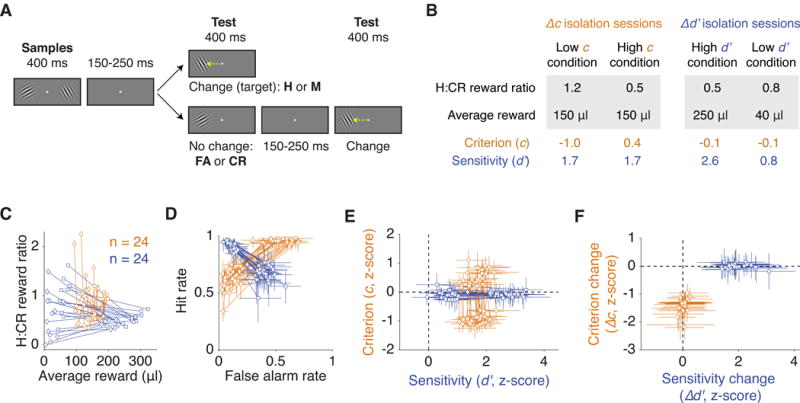Figure 2. Isolation of attentional changes in criterion and sensitivity.

(A) Monkeys had to detect an orientation change that occurred on either the first or second test stimulus and report it with a saccade. If no change occurred on the first test, monkeys had to wait for a change that would always occur on the second test. In a trial in which a change occurred on the first test, the outcome was categorized as either a hit (H) or a miss (M), and when no change occurred on the first test, the outcome was either a false alarm (FA) or a correct rejection (CR). (B) Average reward parameters and behavioral indices across sessions. Each session consists of two task conditions, and isolation was achieved by varying reward sizes between the two conditions. Criterion was controlled primarily using the ratio of reward for a H to a reward for a CR (“H:CR reward ratio”), and sensitivity was controlled primarily using the average reward across H and CR. The task condition (high d′, low d′, low c, or high c) indicates the animal’s performance at the contralateral location. (C) Reward contingencies in each daily session. Each marker refers to one of the two task conditions of each session, and the pair of markers representing the same session are connected by a line. The data are from 24 Δc isolation sessions (shown in orange) and 24 Δd′ isolation sessions (in blue). Diamonds and squares represent monkeys C and Y, respectively. (D) Hit rates and false alarm rates of each task condition of each daily session. (E) Criterion and sensitivity of each task condition of each daily session. (F) Criterion change and sensitivity change in each session. Crosshairs in D-F represent 95% confidence intervals. See also Figure S1.
